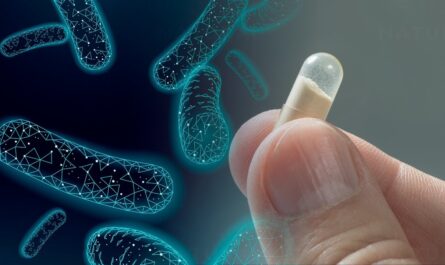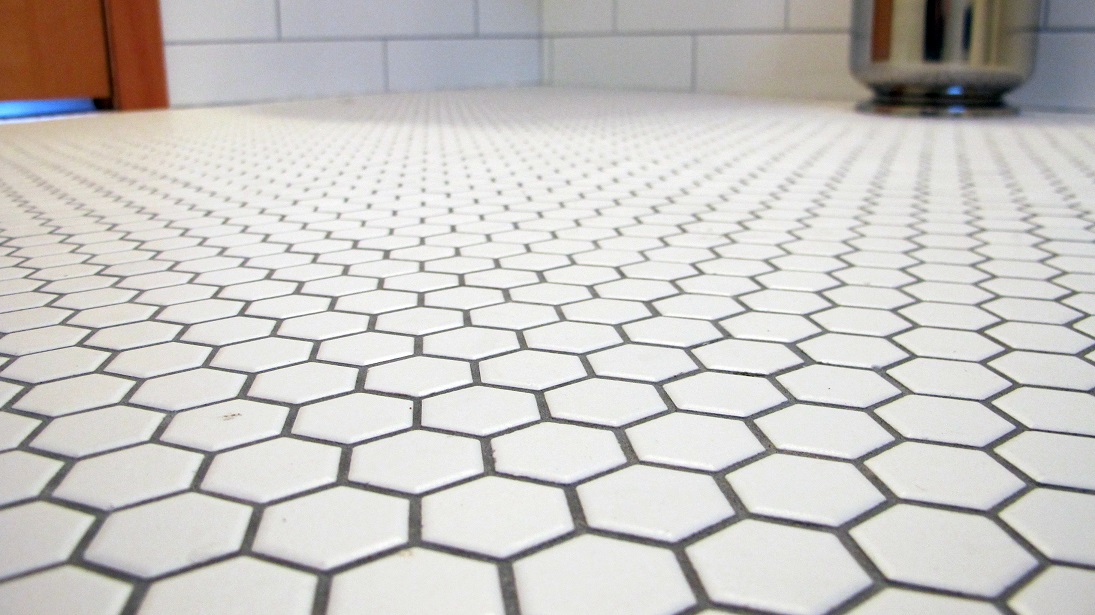Polymer Stabilizers: Introduction
Polymer stabilizers play an important role in the production of plastics and polymers. They help prevent degradation of polymers during processing, transportation and storage. Without stabilizers, polymers would breakdown rapidly due to environmental factors like heat, light and oxidation. This article discusses the various types of polymer stabilizers, their mechanisms and applications.
Types of Polymer Stabilizers
Polymer stabilizers can be broadly classified into antioxidants, heat stabilizers, light stabilizers and other specialty stabilizers.
Antioxidants
Antioxidants are the most widely used type of polymer stabilizers. They protect polymers from degradation caused by oxidation. Some common antioxidant stabilizers include:
– Hindered phenols: Effective for a wide range of polymers like PE, PP, PS etc. Hindered phenol structure prevents oxidation.
– Phosphites: Good thermal stability and compatibility. Used in PVC, nylons, EVA and adhesive formulations.
– Thioethers: Specific class of antioxidants that react with peroxy radicals. Used in Styrene based polymers.
– Amines: Preferred for natural and synthetic rubbers. stabilize by reacting with free radicals.
Heat Stabilizers
Heat or thermal Polymer Stabilizers from thermal degradation during processing at high temperatures. Common heat stabilizers include:
– Metallic stabilizers: Compounds of calcium, zinc or barium are used in PVC processing to stabilize the polymer against heat.
– Organotin stabilizers: Very effective heat stabilizers for PVC. Examples include mono & di-alkyl tin maleates and stannane carboxylates.
– Epoxy stabilizers: Thermally stable epoxy compounds are used in nylon, PE and PP.
Light Stabilizers
UV radiation from sunlight can degrade surface properties of polymers. Light stabilizers shield polymers from this degradation:
– Hindered amine light stabilizers (HALS): Very effective UV absorbers in a wide range of polymers like PE, PP, nylon etc. Terminate damaging free radical processes.
– Benzotriazoles: UV absorbers used primarily in PE and alkyd polymers with good light & heat stability. Shield polymers from UV rays.
– Benzophenones: Absorb UV rays below 365nm. Commonly used in PS, engineering polymers, unsaturated polyester resins and coatings.
Other Stabilizers
A few other important specialty polymer stabilizers include:
– Acid scavengers: Neutralize acidic degradation products, especially in nylon and fiber forming polymers prone to hydrolytic degradation.
– Nucleating agents: Improve crystallization of polymers like PET and polyolefins during processing and product lifetime. Help prevent stress cracking.
– Plasticizers: Maintain flexibility and workability of finished products when exposed to low temperatures. Important stabilizers for flooring & wire applications.
Mechanisms of Polymer Stabilization
Polymer stabilization occurs by three primary mechanisms:
1. Reactive stabilization: Stabilizer or its derivatives react with reactive species like peroxy radicals or hydroperoxides formed during oxidative degradation. Hindered phenols,phosphites operate by this mechanism.
2. Physical stabilization: UV absorbers or quenchers terminate propagating free radical reactions on the polymer surface without being consumed. HALS, benzotriazoles, benzophenones work by physical stabilization.
3. Inhibitive stabilization: Compounds like metallic stabilizers impede degradation through a catalytic or poisoning effect without direct reaction. Salts of lead, cadmium or calcium inhibit degradation of PVC.
Applications of Polymer Stabilizers
Polymer stabilizers are crucial in:
– Plastic products: Stabilized polymers are used to manufacture everything from bottles, films and sheets to pipes, wires and cables. Stabilizers increase product durability.
– Wires and cables: Heat stabilization allows processing of cable insulation at high temperatures without degradation. UV protection increases lifetime.
– Pipes: Rigid PVC pipes for potable water transportation require heat, light and thermal stabilization additives for long service life.
– Flooring: Stabilization improves scratch, stain and weather resistance of vinyl flooring over years of use.
– Packaging: Antioxidants and UV absorbers in food packaging films and bottles prevents oxidative rancidity and discoloration respectively.
With increasing polymer usage, stabilization additives have become a major field of R&D and commercialization. Continuous innovations are leading to more effective and ecofriendly stabilizer formulations. Proper stabilizer selection ensures long term performance and reliability of finished polymer goods.
*Note:
1. Source: Coherent Market Insights, Public sources, Desk research
2. We have leveraged AI tools to mine information and compile it



